Former Kaichi School Reopens to the Public
On November 9, the former Kaichi School in Matsumoto City began reopening to the public.
The old school museum had been closed for more than three years as it had been undergoing earthquake-proofing work since June 2021.
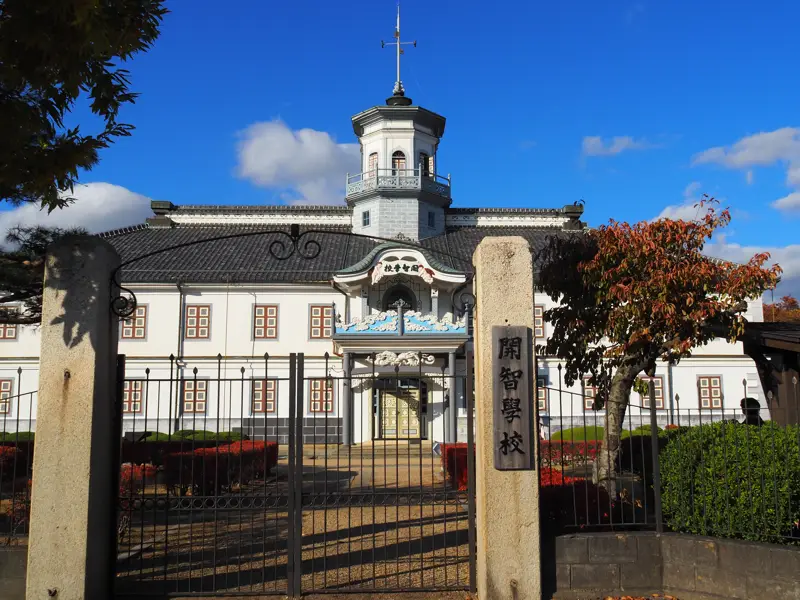
According to news reports, there was a long line of visitors on the first day of the reopening because it was a holiday.
I visited on a weekday to avoid the crowds.
I purchased a ticket at the west entrance to the site and walked along the front of the school building to the entrance on the east side.
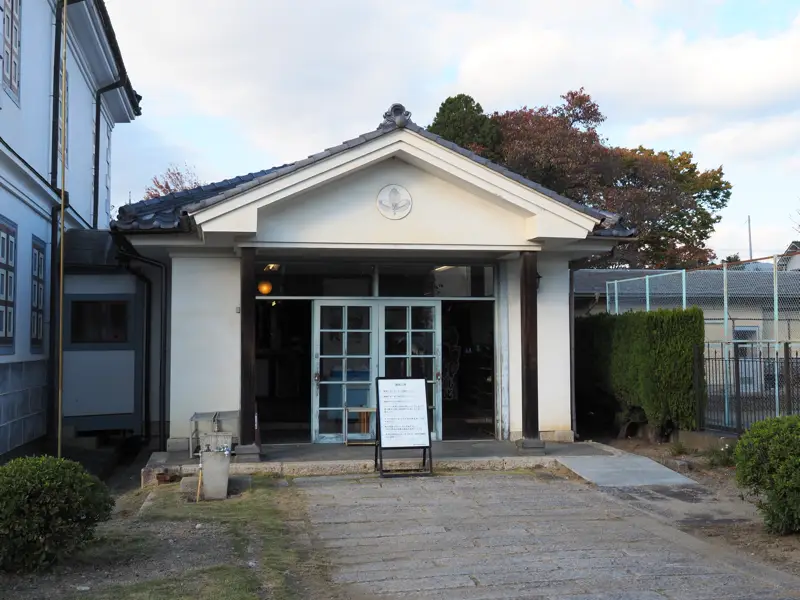
In front of the entrance, there was a “Guide to Visiting the Museum”.
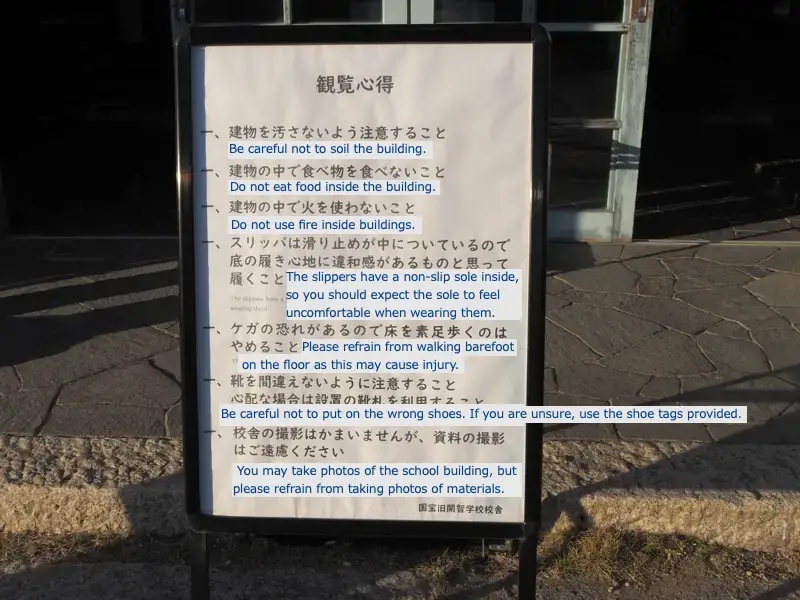
I laughed as it even mentioned something about the comfort of slippers. But only the last sentence is a request in a suddenly polite tone, so I guess it must be taken seriously.
They said that we could photograph the school building, but they asked us not to photograph the materials.
As such, I will only post photos of the non-materials.
The first room on the left after walking down the hallway from the entrance. I remember that this room used to be a reproduction of a classroom with desks lined up, but this time materials on earthquake-resistant construction were on display.
To the left of the back wall is a model of wall reinforcement. It is reinforced with structural plywood. On the right is an explanation of the ceiling.
The ceiling is made of six layers of paper.
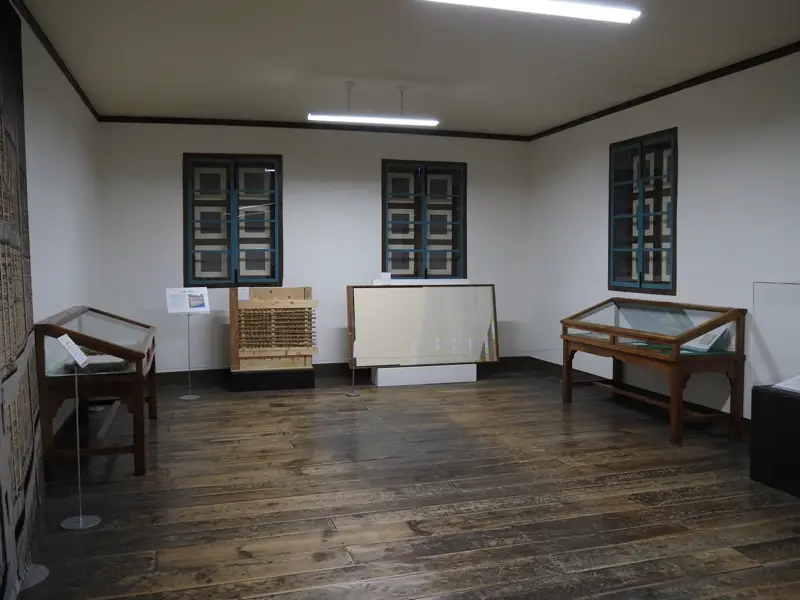
The staircase is off-limits to visitors. The log pillar on the right side of the photo is from a dismantled temple called Zenkyuin.
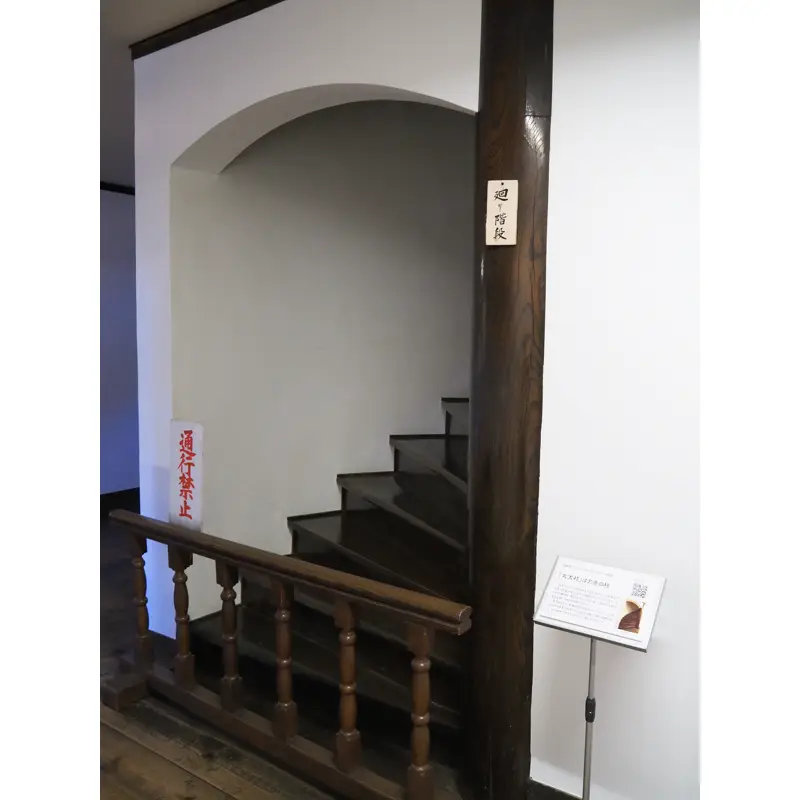
This area is the center of the school building. I am standing inside the main entrance.
The ceiling lighting is cool.
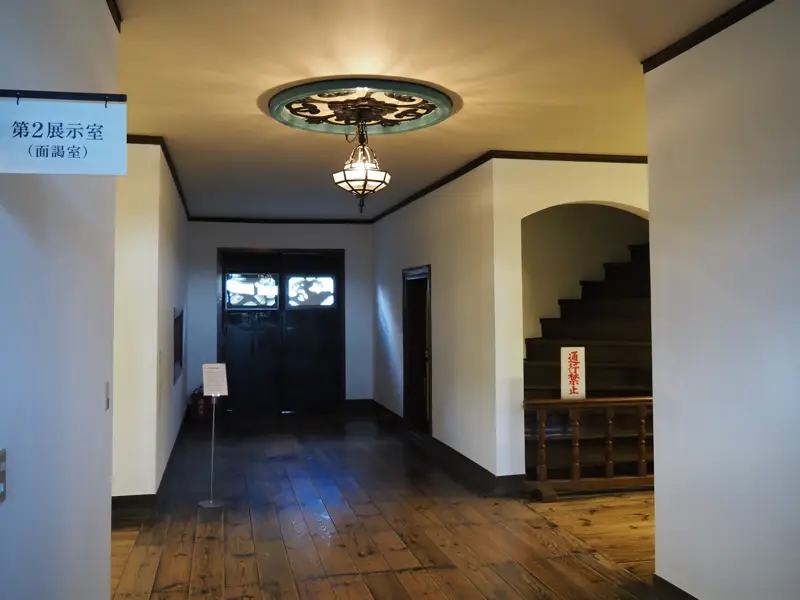
The stairs on the west side. Stairs of wooden buildings are my favorite.
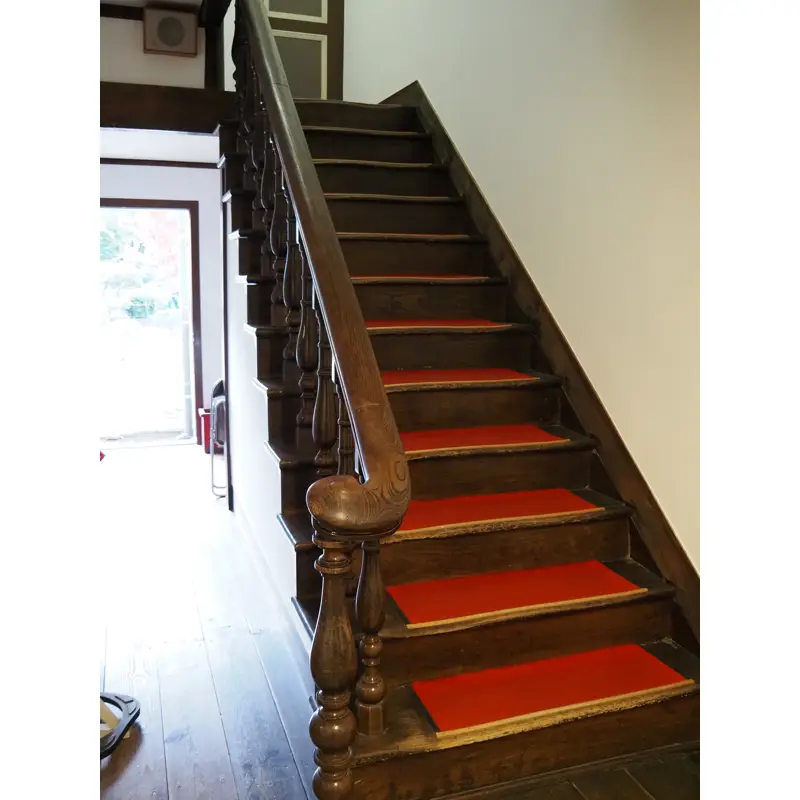
At the end, the staircase turns like this.
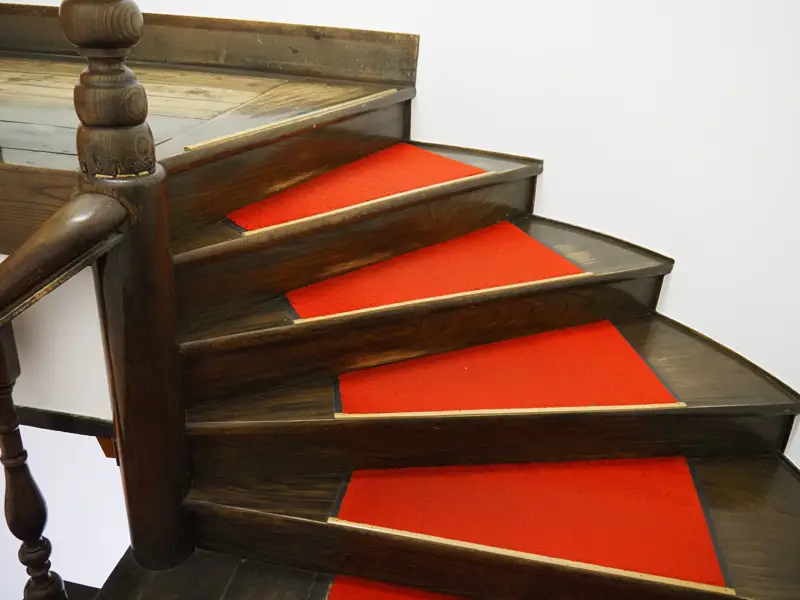
The largest room on the second floor is this auditorium. The lighting was actually more yellow, but when I took the picture with the camera’s auto mode, it appeared white in the photo.
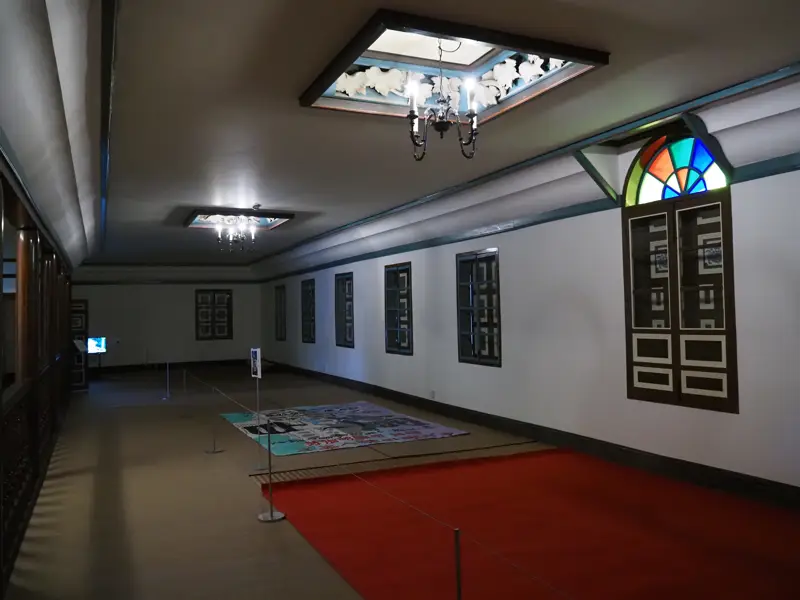
The entrance to the tower opposite the auditorium. It is currently closed.
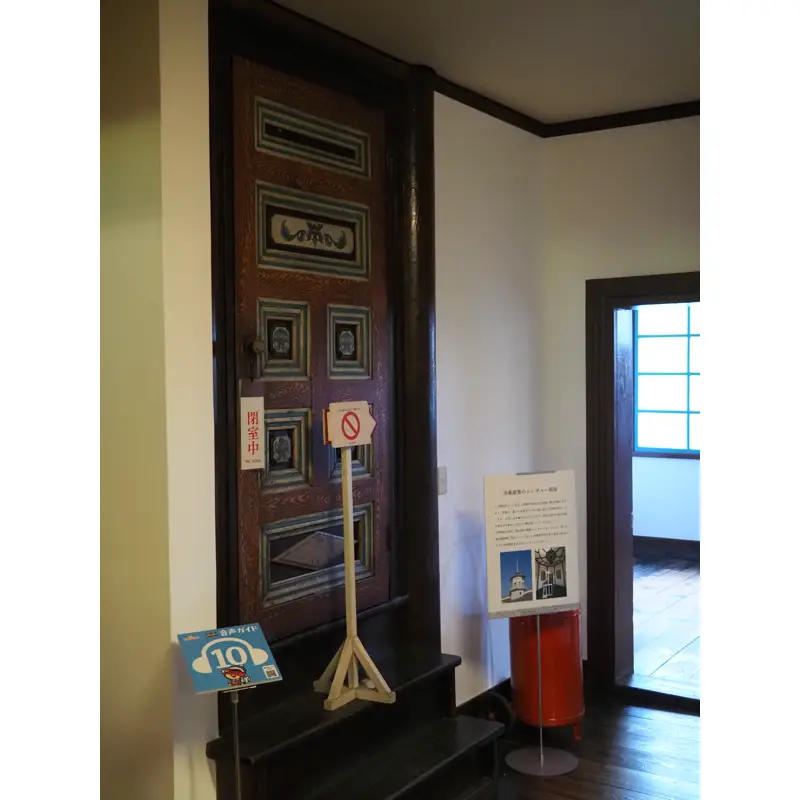
Since the tower has been reinforced during the earthquake resistance work, the tower house and the back of the shed will be open to the public for a limited number of visitors.
The first two tours are scheduled for November 17 and December 1, and will be limited to 10 people each time, four times a day.
The application period started yesterday, November 10, but it has already reached its maximum capacity and the application period has been closed.
I don’t think I will be able to see it for a while.
I heard that there will be a debriefing on the earthquake-proof construction in December, so I’m thinking of attending this one (registration for this one hasn’t started yet. I wonder if this one is also very competitive.)
I don’t remember how many years it had been since I entered the former Kaichi School, but the interior was still in the same atmosphere as before because the building’s appearance could not be changed due to earthquake-resistant construction.
As for the exhibits, I had the impression that there were fewer than before. I guess the exhibits will be changed in the future.
Although there were no crowds as on Saturday and Sunday, I still think that the number of visitors has increased compared to before. I hope this will continue in the future.
After the tour, I went outside. I walked around taking pictures of the exterior of the school building.
Angels in the entrance area.
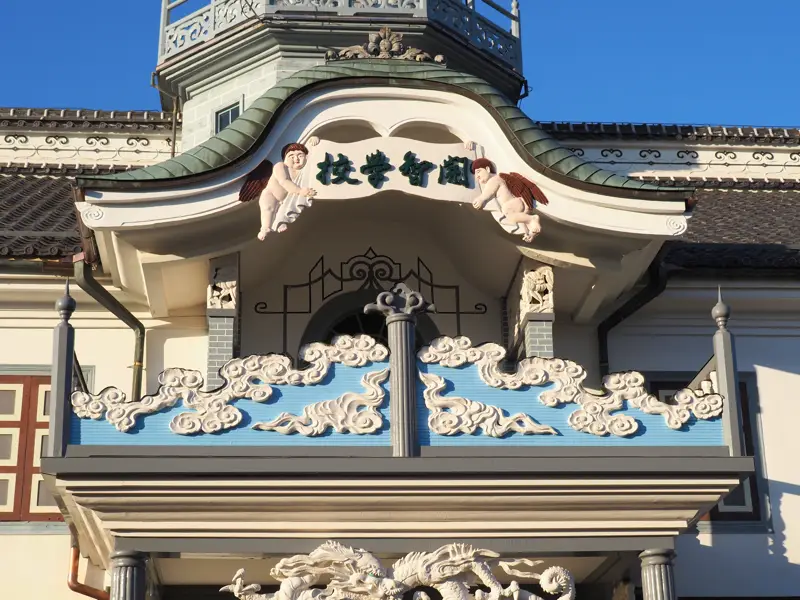
The octagonal tower house, which I would like to climb someday. I wonder if I will ever have the chance to climb it.
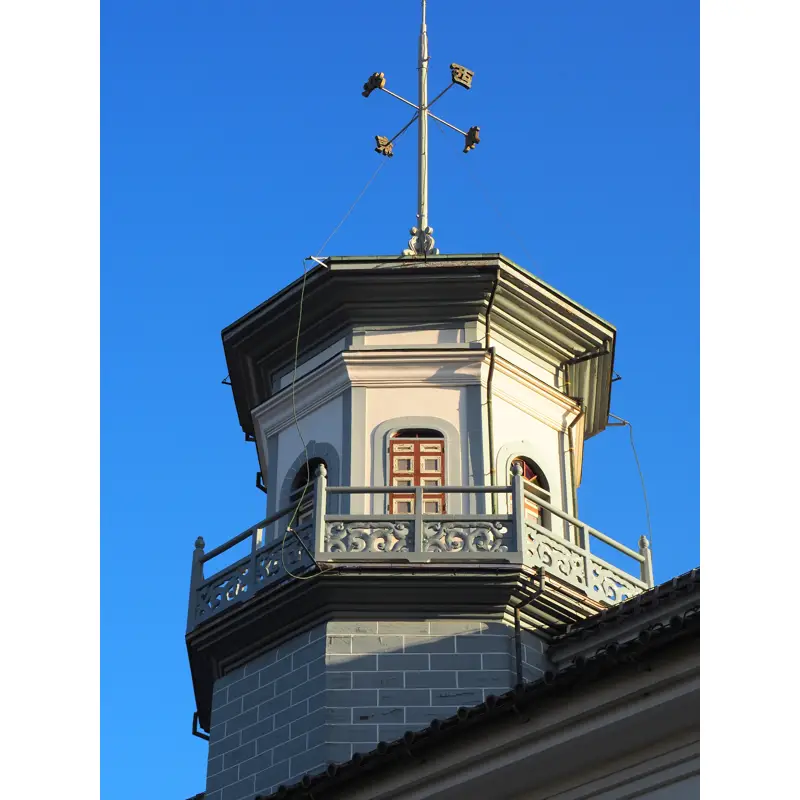
The last is another topic.
In a corner of the garden stands monuments. On the left side, it reads “The place where Emperor Meiji visited, Kaichi School” and on the right side, “The place where Emperor Meiji parked his wagon".
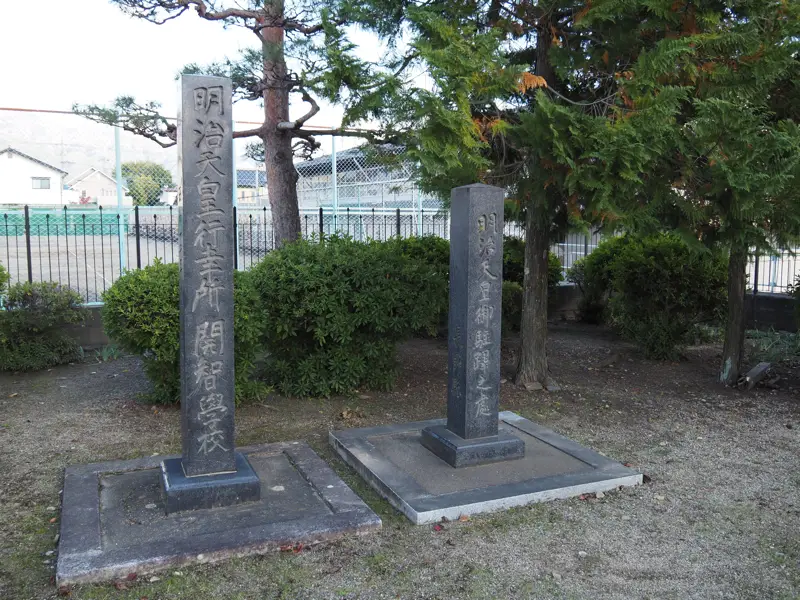
This school building was moved and repaired between 1963 and 1964.
In the Meiji era, the school building was located farther south, along the Meotoba River. I guess the monuments must have been moved when the school building was relocated.
The monument on the left side means that the school was visited by the emperor, so it is still understandable if we consider the subject as “school building". The monument on the right, however, means “the place where the emperor’s wagon was parked". Since the monument is about a “place", not a building, what would be the meaning of the stone monument if it were moved?
Another monument “Site of the former Kaichi School” still stands where the Kaichi School used to be, so I think it would be better to put the monument on the right side there.
Well, I guess no one will pay any attention to me if I talk about that now. (Actually, I don’t really think it should be gone that far either.)
In fact, the places and buildings that Emperor Meiji visited were designated as historical sites in the early Showa period (about 1930s), but in 1948, after the World War II, the designation of 377 sites across Japan was lifted on the grounds that they were not in keeping with the spirit of the new Constitution.
Kaichi School was also designated as a historic site, but the designation was lifted in 1948. However, the stone monuments remain.
Also many of the stone monuments from other areas are still in place.
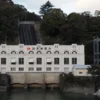
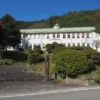
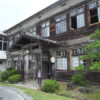

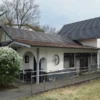
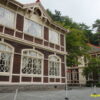
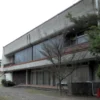
Discussion
New Comments
No comments yet. Be the first one!